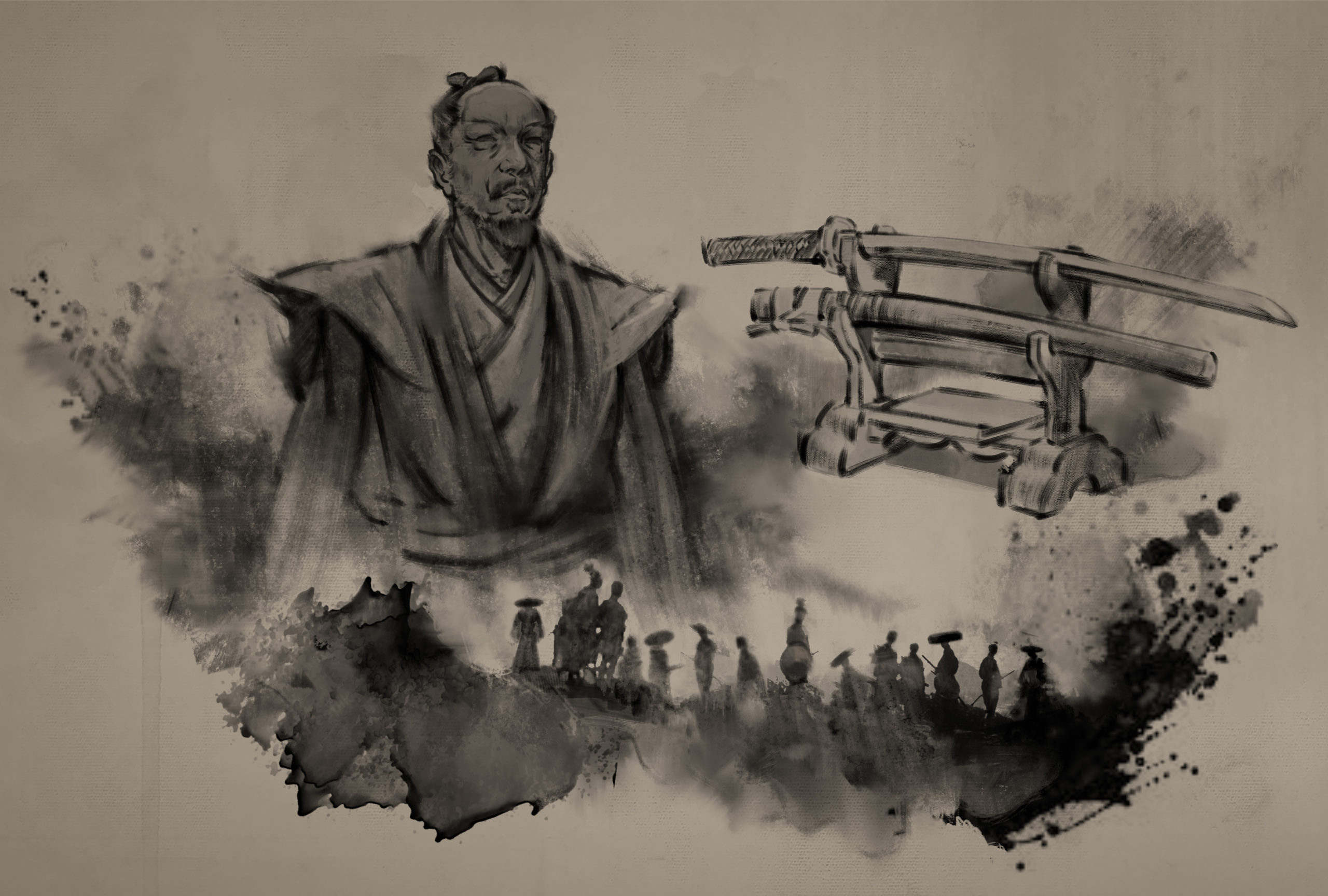
Across pop culture, the samurai has been immortalized as a paragon of honor and loyalty, living by the code of Bushido and acting to protect the unfortunate. However, the truth is more complicated than that. Japanese history is full of samurai who behaved less than honorably by modern standards.
For example, the Battle of Sekigahara, the greatest battle in Japanese history, saw several clans defect from the Toyotomi loyalist faction to side with their enemy, Tokugawa Ieyasu. Later, at the end of the Siege of Osaka, Ieyasu had Toyotomi Hideyori’s eight-year-old son Kunimatsu captured and beheaded. Clearly, honor and loyalty did not always stand in the way of brutality and ambition. Where, then, did the myth of the loyal, honorable samurai come from?
Although bushido as a term is centuries old, the modern definition was popularized by Nitobe Inazo and his 1899 book Bushido: The Soul of Japan. There, he seems to have codified the eight laws of bushido: Righteousness, Courage, Benevolence, Honesty, Respect, Honor, Loyalty, and Self-control. However, Nitobe was driven by the desire to prove that Japan’s values were that different from Christian values. He did not want his nation to appear uncivilized on the western-dominated global stage. Historians and scholars, including Aya Francesco and María Teresa Rodríguez Navarro and Allison Beeby, as well as outlets like the BBC, have criticized Nitobe’s depiction of samurai as highly romanticized, much like modern depictions of medieval knights in the west.
In truth, there was no one code that samurai strove to follow. However, a number of texts circulated throughout the Edo period discussing values that samurai should try to live up to and some clans did have rules or house precepts. One example was found in the clan of famed warrior Kato Kiyomasa, who demanded that his retainers rise at four AM and train with their swords before eating. He also forbade retainers from reading “Chinese poetry, linked verse, and waka” and declared that any retainer who practiced Noh, a classical Japanese form of dance-drama, should take his own life in shame.
Kato appeared to be far more concerned with his retainers’ presentation, socialization, and focus on the martial arts over more elegant and delicate pursuits. Image and martial excellence, it seems, were more important to Kato than Nitobe’s eight laws of bushido. Other texts came into conflict on the value of ideals like honor and respect, with some openly criticizing the process of raising one’s reputation by looking for fights—or stating that the ends justify the means.
In Tale of Ronin, players will encounter many samurai who continue to serve their lords. However, they will encounter many more wandering ronin who somehow failed their stations and were cast out of society as a result. Although trying to live with honor and loyalty is an option, gamers may discover that the early Edo period does not always reward this decision. And as a ronin, trusting in a code of honor may be a terrible mistake.